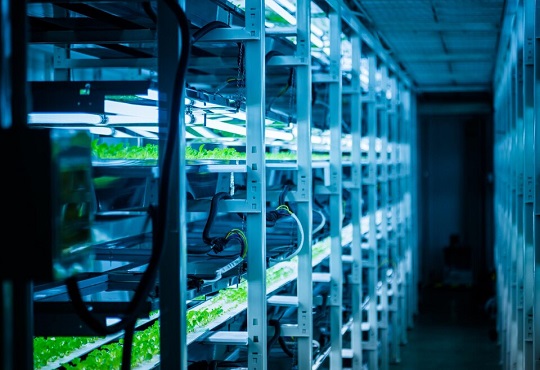
Nvidia, HPE partner to develop advanced supercomputer in Germany
CIOTech Outlook Team | Tuesday, 10 June 2025, 10:34 IST

- Blue Lion supercomputer, powered by Nvidia’s Vera Rubin chips, launches in 2027.
- Nvidia’s AI model forecasts the weather decades using minimal initial data inputs.
- Europe’s Jupiter supercomputer, using Nvidia chips, is now the continent’s fastest system.
Nvidia and Hewlett-Packard Enterprise (HPE) announced a significant collaboration with the Leibniz Supercomputing Centre in Germany on Tuesday to construct a cutting-edge supercomputer named Blue Lion. Scheduled to be operational for researchers by early 2027, Blue Lion will harness Nvidia’s next-generation "Vera Rubin" chips, designed to push the boundaries of computational power.
The announcement, made at a supercomputing conference in Hamburg, Germany, comes alongside Nvidia’s revelation that the Lawrence Berkeley National Lab in the United States willalso deploy a system using these advanced chips in 2026. On a different note, Nvidia confirmed that Jupiter, a supercomputer at Forschungszentrum Jülich in Germany, powered by Nvidia chips, is now officially Europe's fastest system, hence marking the increase in power for supercomputing in Europe.
Such projects show that European institutions want to match the United States in supercomputing, which supports new developments in science fields like biotechnology, climate studies, and the science of materials. At first, Nvidia was dedicated to boosting scientific research such as climate modeling that needed a lot of time-consuming perfect calculations. Now, the company leads the movement to incorporate artificial intelligence.
Also Read: UK Launches AI-Driven Digital Exchange to Simplify Tech Procurement
Its newly unveiled "Climate in a Bottle" AI model enables scientists to input minimal initial conditions, such as sea surface temperatures, to generate detailed weather forecasts spanning 10 to 30 years with kilometer-scale resolution. “Researchers will use combined approach of classic physics and AI to resolve turbulent atmospheric flows,” said Dion Harris, Head of Data Center product marketing at Nvidia.
This technique will enable them to examine a huge number of scenarios more thoroughly than in the past. When physics and AI are put together by Nvidia, the result is faster albeit less accurate predictions that greatly help efficiency in research. Such steps bring a new age of change to scientific computing, with Europe at the top thanks to its smart partnerships and advanced technology
CIO Viewpoint
Why Foolproof Facial Recognition Is Key Against...
By Joseph Sudheer Thumma, Global CEO & MD, Magellanic Cloud
National Technology Day 2025: Powering Progress...
By CIOTech Outlook Team
Aligning IT Roadmap with Business Objectives: A...
By Subhash singh Punjabi, CISO & Head Enterprise Architecture, Deepak Fertilisers & Petrochemicals Corporation Ltd
CXO Insights
Making the Business Case for Managed Print
By Rob Ince, Senior Director, Managed Print Services, ITsavvy
Managed Print Services: Your Secret Defense...
By Tim O'Shea, Director MPS Operations & Business Development, Oki Data Americas, Inc.
You Can Reduce Your Print Outs, but You Still...







